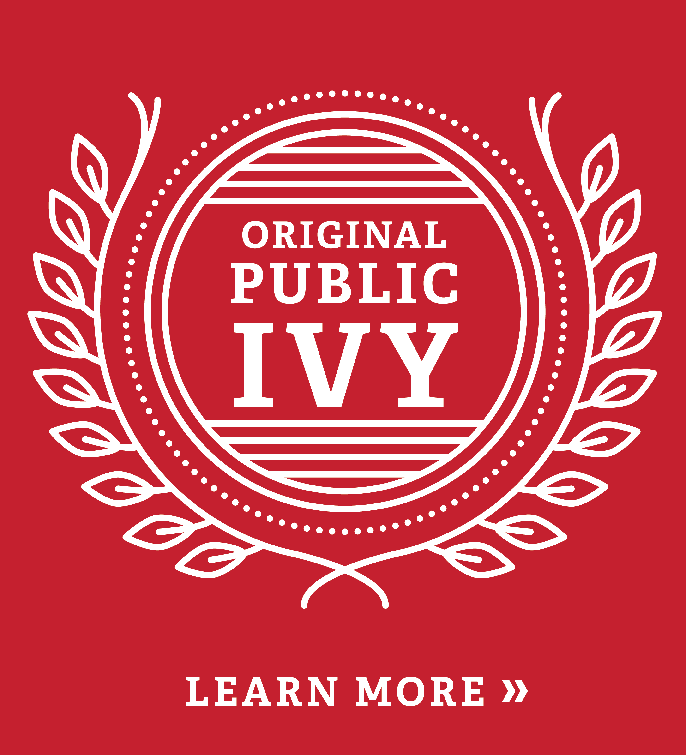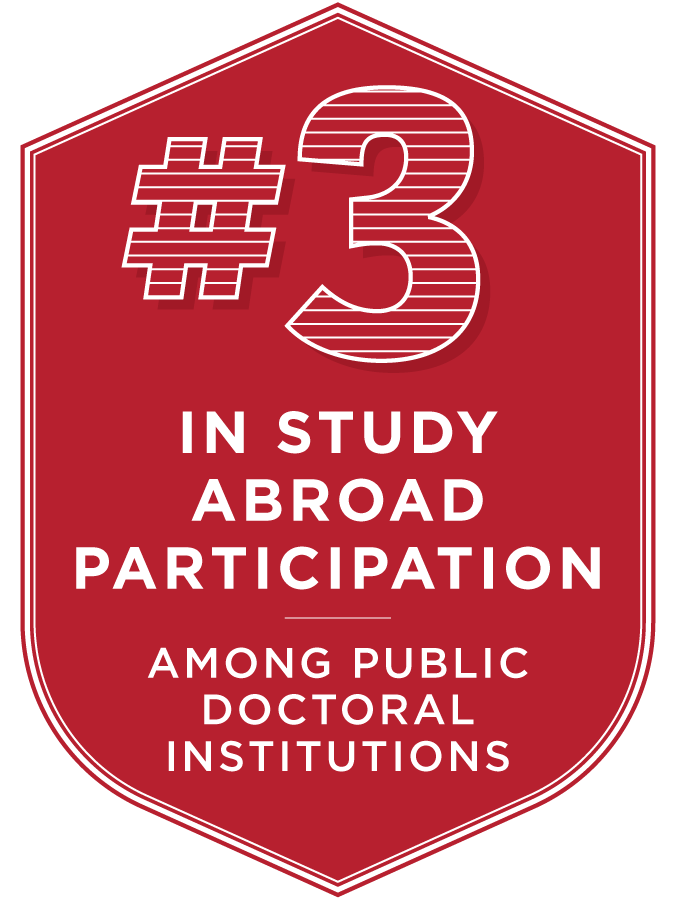Planning Your Site
Step 1: Allocate Your Resources
Because websites are be strategy-driven projects, they’re more about communication than technology. At the outset of your project, you should determine the individuals best suited to fill roles in planning, content development, site building and stewardship. People may fill more than one role, but you should consider all of those roles in organizing your team:
- Planning: this role focuses on determining priorities, guiding the decision-making process, building consensus, and championing the project.
- Content development: authors, editors, publishers, and subject matter experts all play a crucial part in website development.
- Authors: authors create content and build web pages in the content management system (CMS).
- Editors: editors bear the responsibility for reviewing content for style, tone, and grammar.
- Publishers: publishers have the authority to make pages live on a site.
- Subject Matter Experts: subject matter experts validate information and ensure accuracy.
- Site building: some departments have server administrators or developers who provide technical expertise and work with IT and the web team to integrate third-party systems.
- Stewardship: each unit or department should have one pointperson designated as the main liaison for web communications. That person works directly with the web team and oversees the site.
Step 2: Plan Your Site
To develop a plan for your site, you need to:
- Decide on and prioritize your audiences
- Understand each audience's information and service needs
- Know what information you'd like to share with them and what you need them to know about your area
Understanding these three things will help you to structure your site properly, write effective content, and prioritize your efforts.
Step 3: Assess Your Content
Once you have a plan in place, you should review your current content by performing a content audit, mapping your existing content to a new site structure or information architecture, and assigning new content tasks to the right authors. For writing tips, see Writing for the Web.
Step 4: Gather Your Assets
Once you've completed your content audit and as you're writing and revising copy for your site, you should also start to assemble assets for your site. Good photography and compelling video, for instance, can sometimes tell your story or convey your information more effectively than text alone.
Step 5: Ready Yourself for Migration
In migration, you'll be building your web pages out in the content management system. Your project team will have already built out the structure for your site in the CMS; you'll populate those templates with your content and images. In most cases, content authors should build their pages in the system. Depending on the site of the site you're building, you may consider hiring students or temps to help with the migration effort. The web team may also be able to assist with large-scale migration in certain cases.






